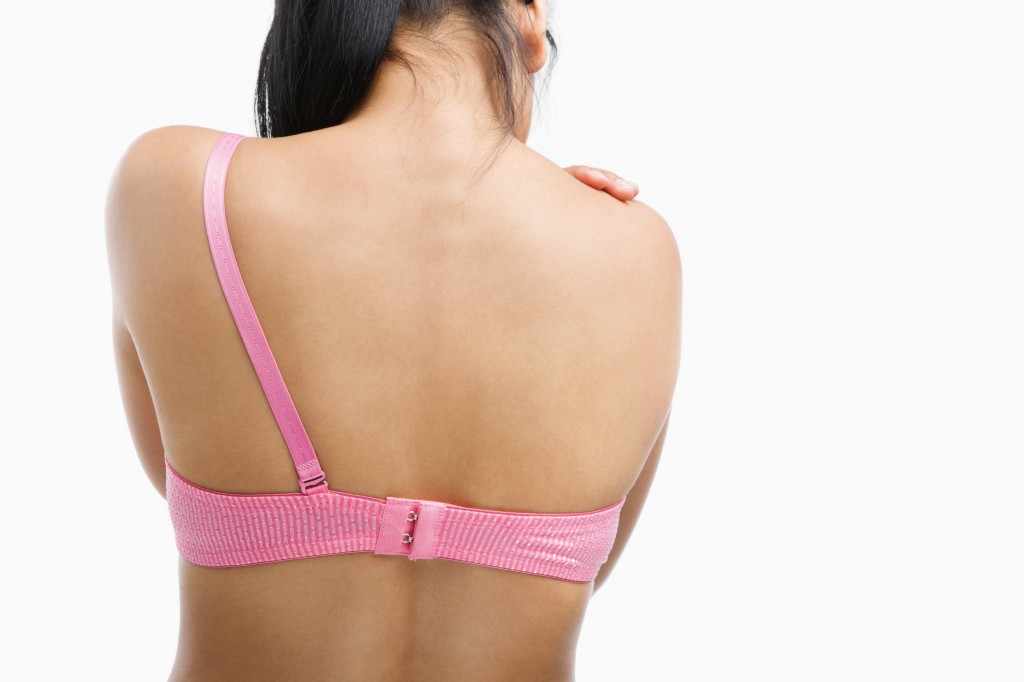-
Cancer
Removing Healthy Breast Discouraged for Low-Risk Women With Unilateral Breast Cancer

A position paper issued today by the American Society of Breast Surgeons (ASBrS) recommends against contralateral prophylactic mastectomy (CPM) for average-risk women with breast cancer in one breast. The ASBrS statement published as a pair of manuscripts in the Annals of Surgical Oncology addresses the growing trend to remove the healthy breast in women undergoing mastectomy for breast cancer.
“Contralateral prophylactic mastectomy is a growing trend that has generated significant discussion among physicians, patients, breast cancer advocates and media,” says Judy Boughey, M.D., a Mayo Clinic breast surgeon and lead author of the position statement. “Our group examined and summarized the data, and developed guidelines about the appropriateness of prophylactic surgery. Our goal was to provide a framework for physicians to discuss CPM with patients. It is important for patients to understand that CPM does not improve their cancer outcome and understand the pros, cons and alternatives to CPM.”
Dr. Boughey is available for interviews.
MEDIA CONTACT: Joe Dangor, Mayo Clinic Public Affairs, 507-284 5005, newsbureau@mayo.edu
ASBrS recommends that, for each patient, surgeons make a clear recommendation for or against CPM from a medical standpoint. In addition, the procedure generally should be discouraged in average-risk women whose chance of developing breast cancer in the opposite breast is 0.1 percent to 0.6 percent per year. ASBrS recommends counseling for breast conservation for all medically appropriate patients and the use of tumor-shrinking or reconstructive approaches to help facilitate breast conservation, when appropriate.
The ASBrS papers acknowledge that the patient’s values and preferences should be an important part of a shared decision-making process. The document provides a detailed template for these discussions, which it highly recommends surgeons follow.
Read the manuscripts here:
http://link.springer.com/article/10.1245%2Fs10434-016-5443-5
http://link.springer.com/article/10.1245%2Fs10434-016-5408-8







